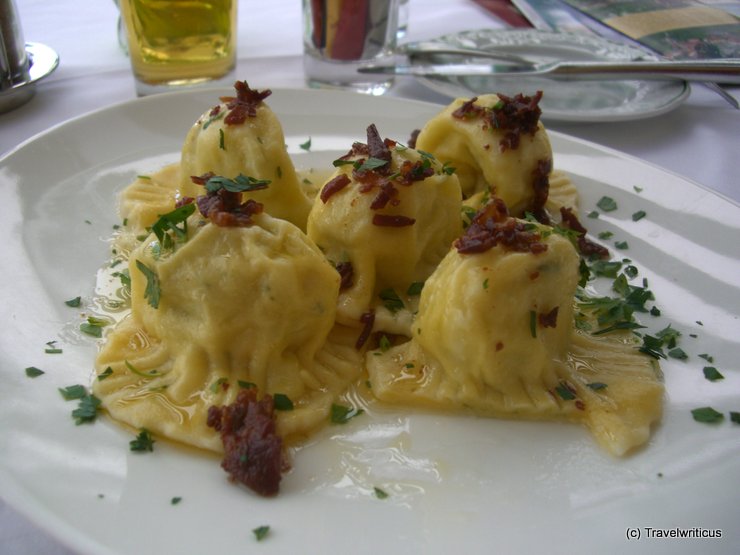
Before I joined a guided tour through the oldest city of Carinthia named Friesach I had a typical Carinthian dish: Kasnudeln. It was a thinly rolled noodle dough that was shaped into a pocket filled with quark and spiced with mint and chervil.
You only see what you know (Goethe)

Before I joined a guided tour through the oldest city of Carinthia named Friesach I had a typical Carinthian dish: Kasnudeln. It was a thinly rolled noodle dough that was shaped into a pocket filled with quark and spiced with mint and chervil.
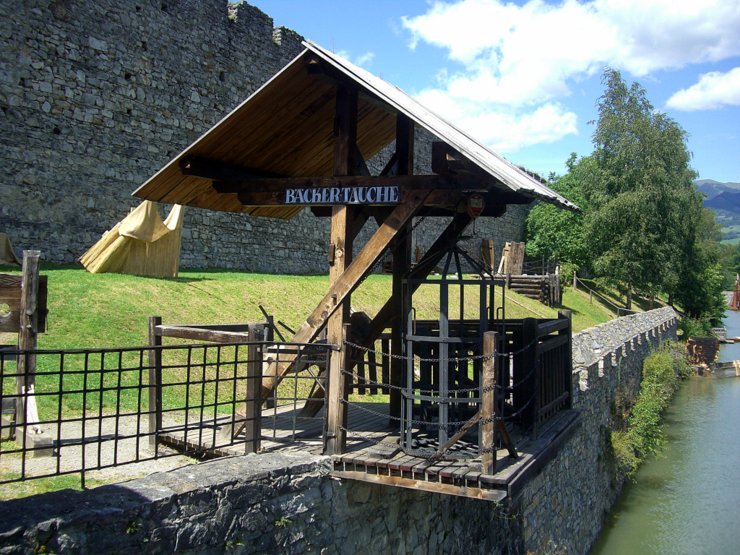
While walking along the city walls of Friesach, I came across this reconstruction of a medieval installation. The German inscription describes it as Bäckertauche. Literature told me this used to be a tool for punishment in earlier times.
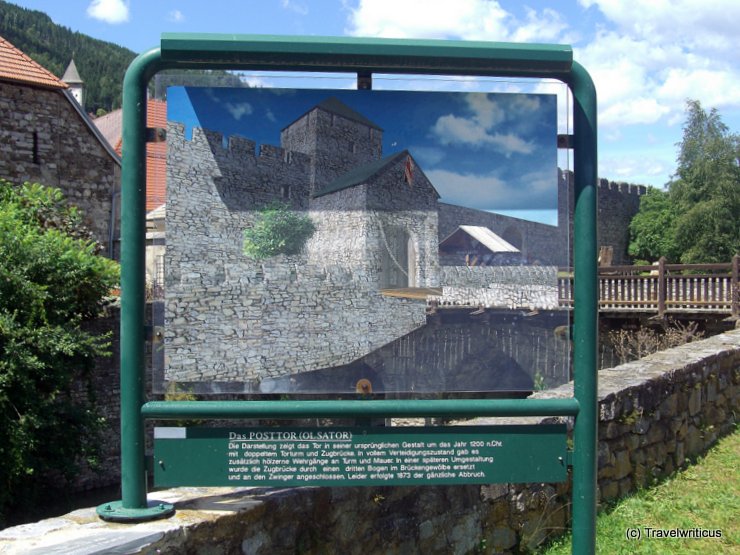
On my walk through Friesach, I discovered this clever idea to visualize the medieval gate called Posttor or Olsator in its shape of about 1200 AD. The sign was transparent, so I was able to match past and present.
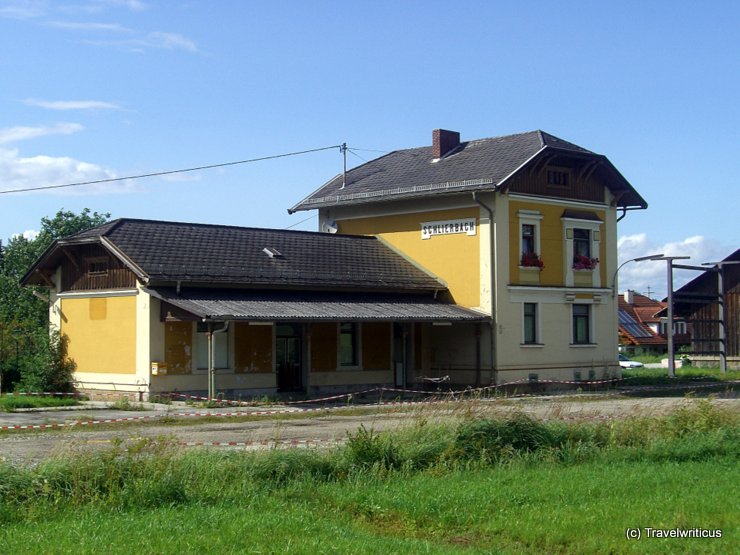
On my way to Schlierbach Abbey, I came across the abandoned railway station of Schlierbach. Austrian railway stations dating back to the monarchy are very typical. One can recognise them even after 100 years.
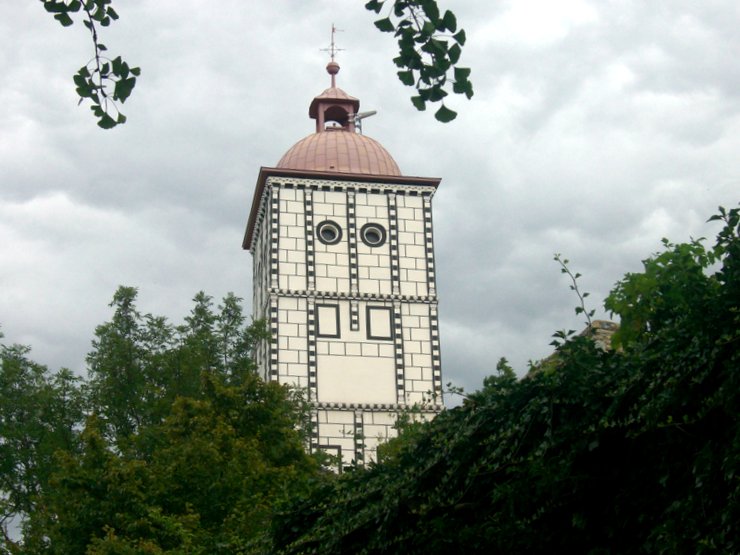
While approaching Schallaburg Castle on foot, you first see this tower. It gives an impression of the beauty of this Renaissance palace in the Austrian state of Lower Austria (Niederösterreich). Today, the castle is known for remarkable exhibitions every year.
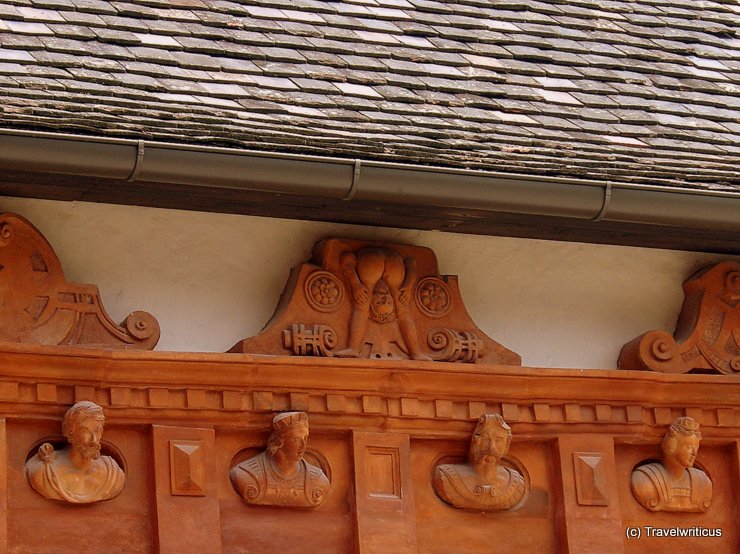
You find this peculiar detail at Schallaburg Castle (Schallaburg): A sculpture of a man showing his bottom. Such sculptures served as a defence against harm and evil spirits. Together with the Dog Lady, it is one of the most fascinating sculptures in this palace.
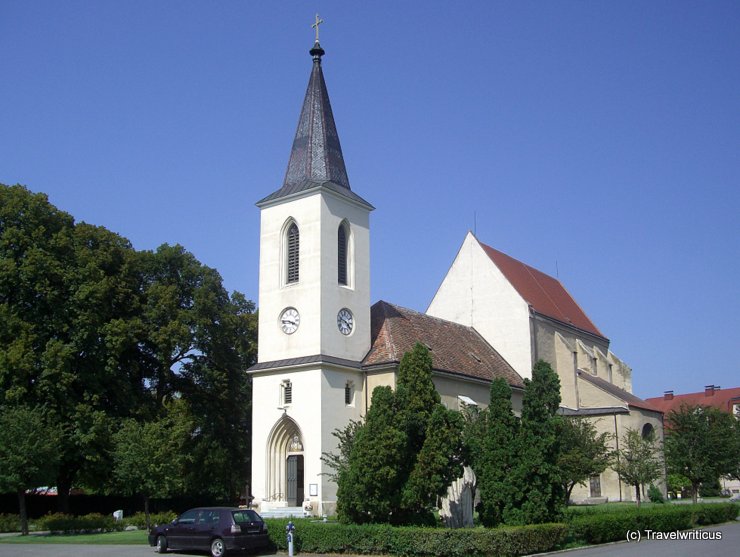
In 13th century the parish church was planned as huge church having multiple aisles. After some demolitions the church got rebuilt in a much smaller version at the end of 18th century.
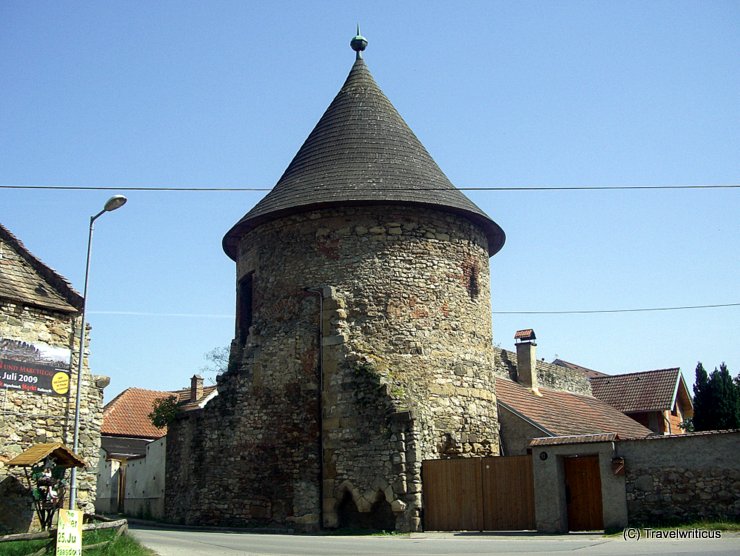
Marchegg was founded as a planned city by Ottokar II of Bohemia in 13th century. Taking the historic trail gives a good impression how large this city was intended. From the medieval gates the Gate to Vienna (Wienertor) dating back to 1268 is the best-preserved one. [German]
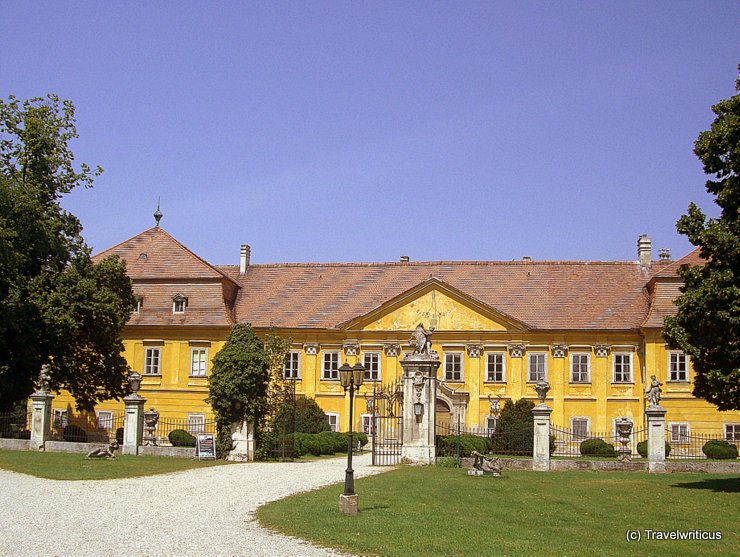
Marchegg Palace (Schloss Marchegg) is a palace near the March river in the east of Austria. Besides its Baroque style it is also worth a visit because of a large stork population in the nearby WWF nature reserve Marchegg.
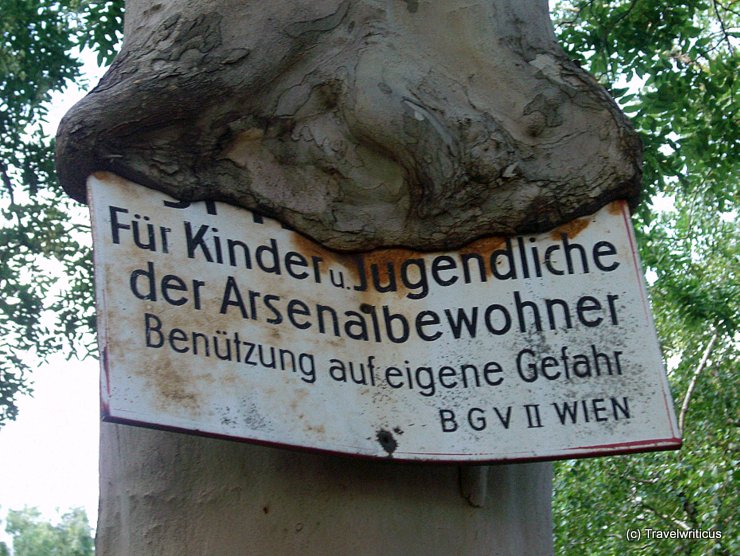
I saw this sign next to the Heeresgeschichtliches Museum (Museum of Military History) in Vienna. The bark of the tree made me think the sign was pretty old.
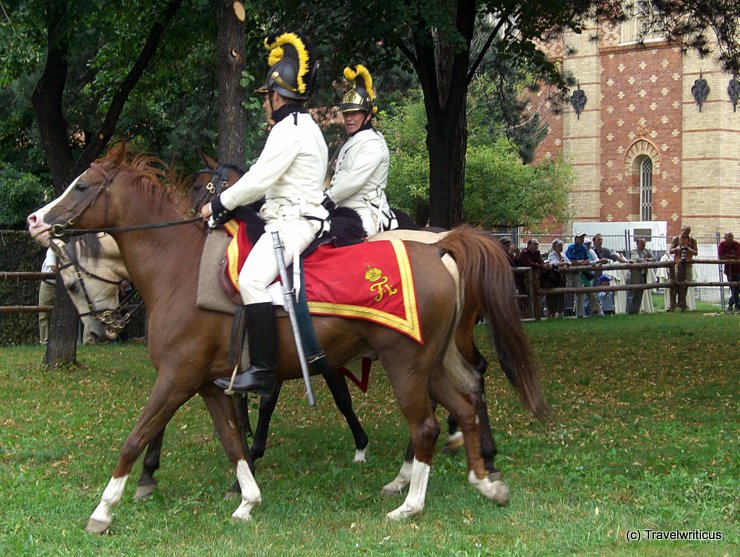
During a historical festival next to the Museum of Military History (Heeresgeschichtliches Museum), I saw a performance of some horsemen in the uniforms of former Austrian dragoons. It was interesting to see how the soldiers used to train horses to stay calm in battle.
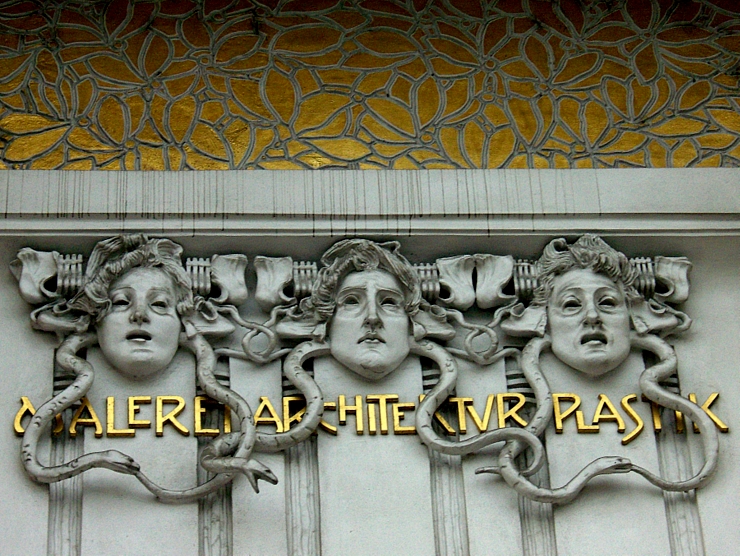
The three gorgons at the Secession Building in Vienna represent the three arts: painting (Malerei), architecture (Architektur) and sculpture (Plastik). The Secession Building (Wiener Secessionsgebäude) is an exhibition hall built as an architectural manifesto for the Vienna Secession.